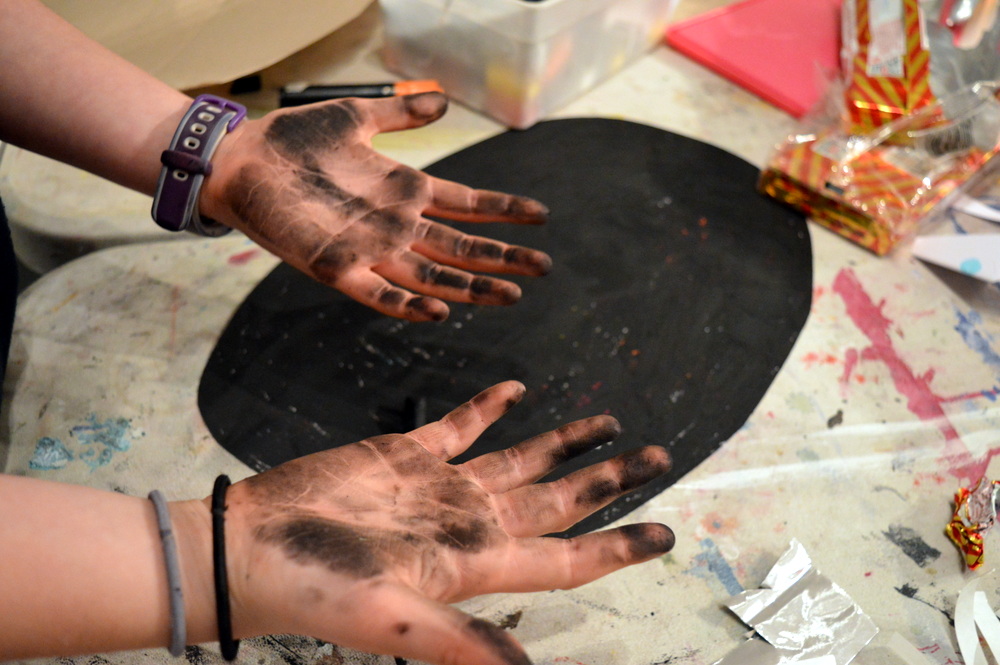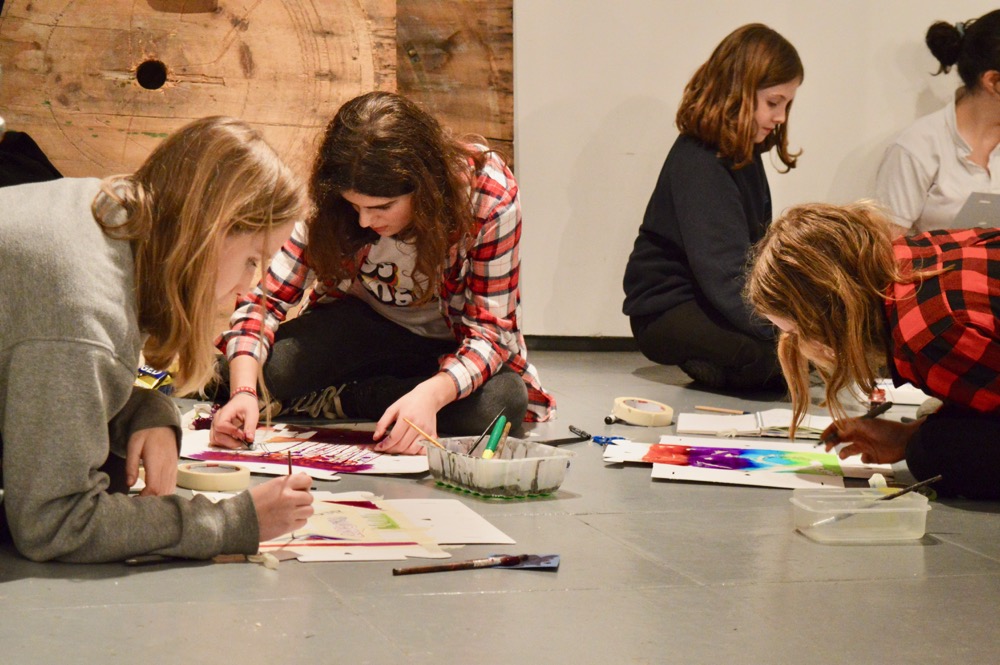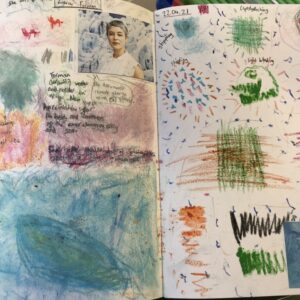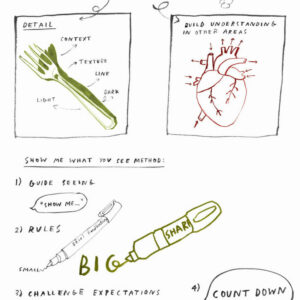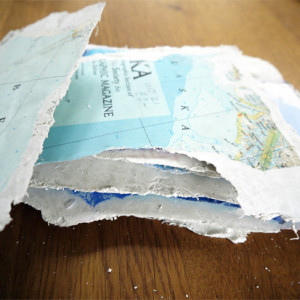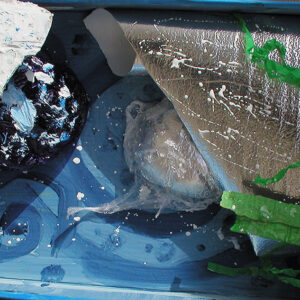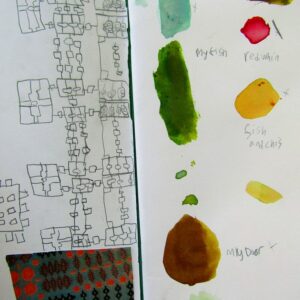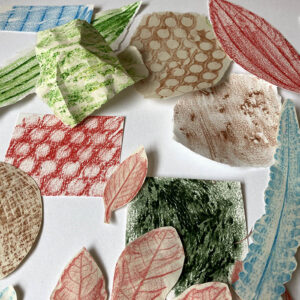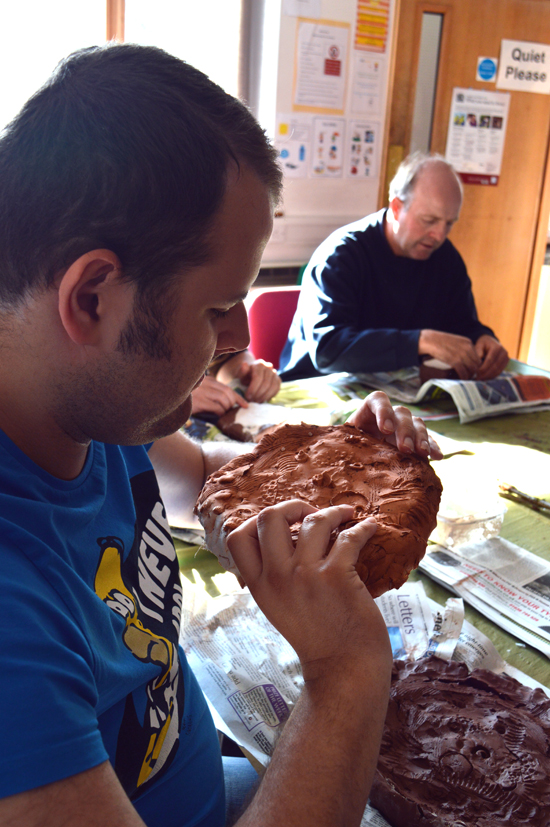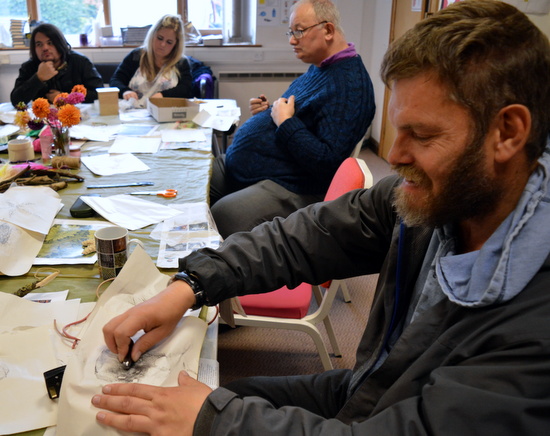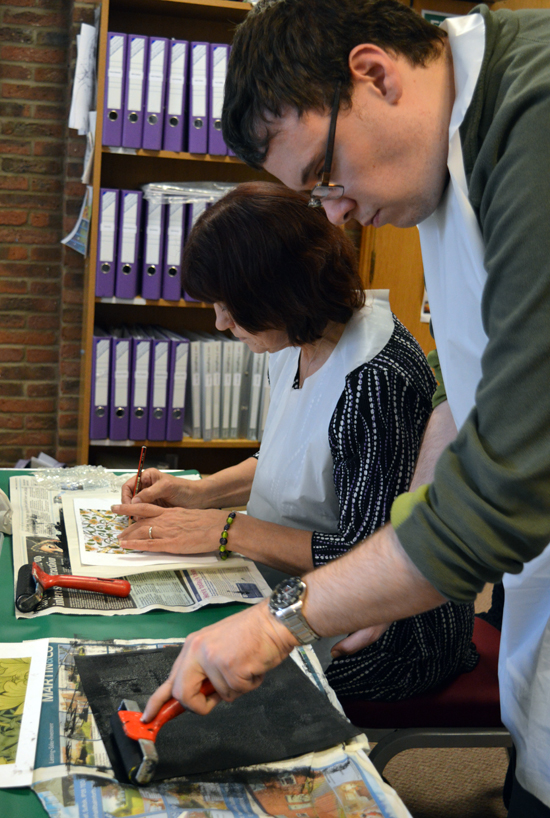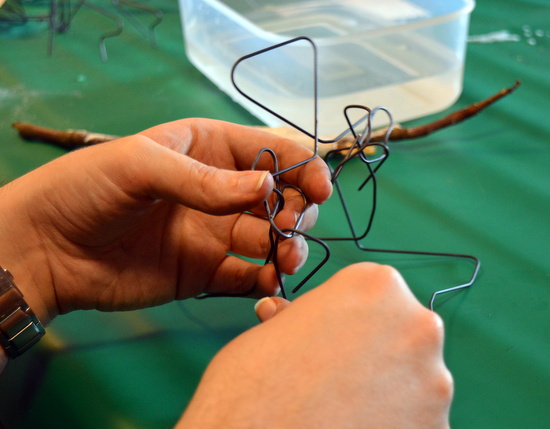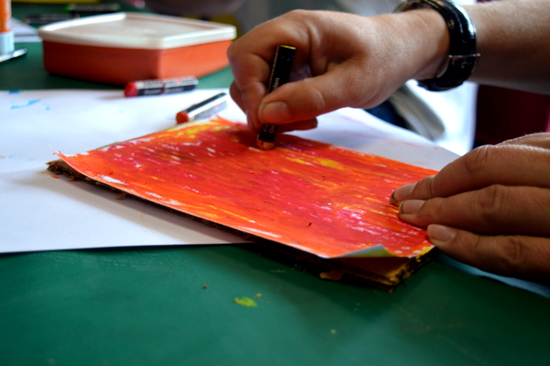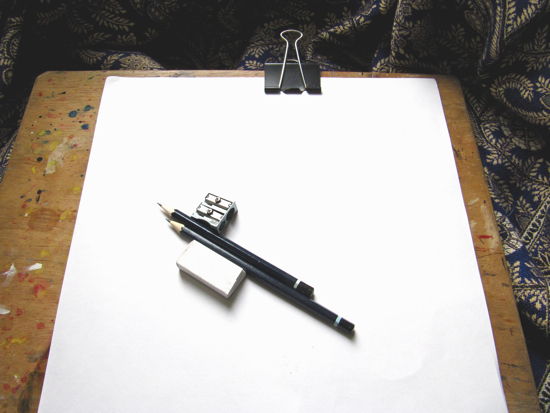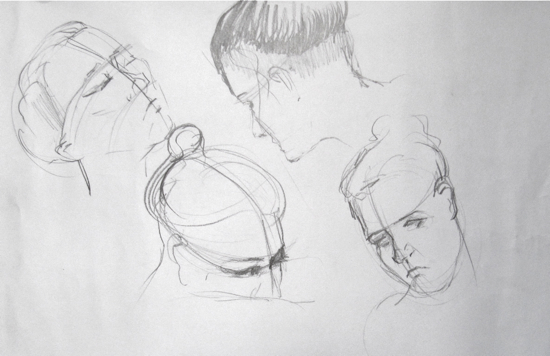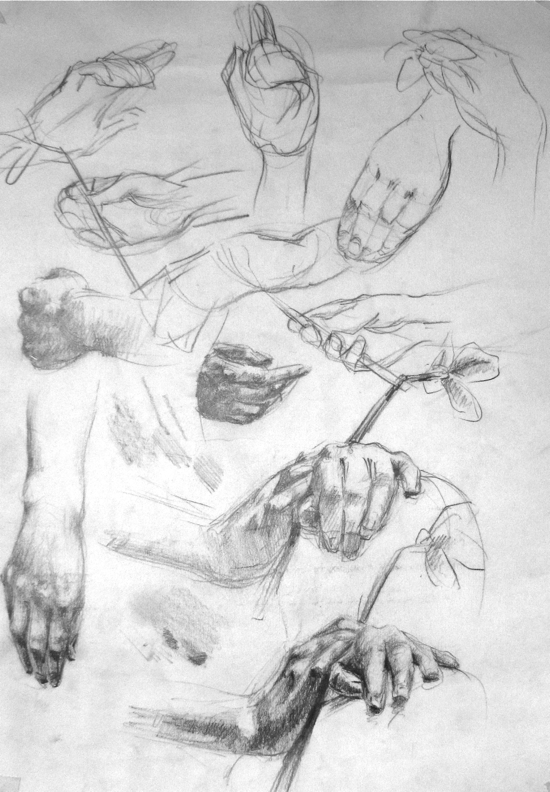This is the third of six resources in the series: ‘Drawing for Science, Invention & Discovery Even If You Can’t Draw’ by Paul Carney, educational consultant and author. The projects enable teachers of both art and science to approach drawing from a new perspective. You can see all of the resources here.
Introduction: Mistakes aren’t an unwanted outcome of the creative process, they are integral; a vital part of making. In this session we learn how to develop our working memory so that we might understand the creative process of action, mistakes and action better.
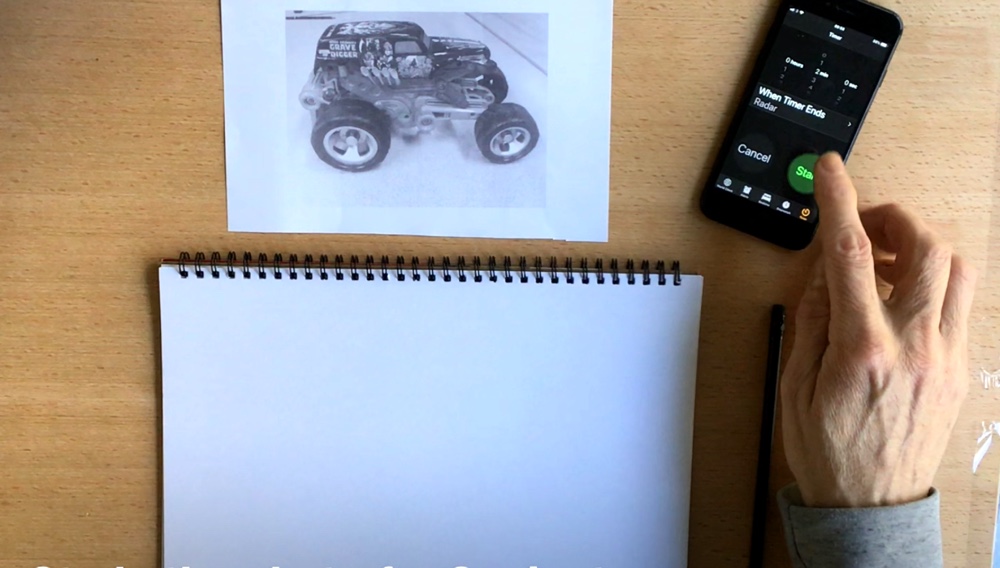
Notes for Teachers
-
Learning Objectives
- To enhance and improve our working memory.
- To learn how to embrace mistake making as part of the creative process of drawing.
-
Age Range
Suitable for 7-16 years.
-
Time Required
The activity takes approximately one hour.
-
National Curriculum Targets: Art & Design
Key Stage 2 and 3: Pupils should be taught to record their observations and use them to review and revisit ideas and to improve their mastery of art and design techniques, including drawing.
-
National Curriculum Targets: Science
To develop an understanding of the nature, processes and methods of science through different types of science enquiries that help them to answer scientific questions about the world around them.
Key Stage 2: They should begin to recognise that scientific ideas change and develop over time.
Key Stage 3: Pupils should understand that science is about working objectively, modifying explanations to take account of new evidence and ideas and subjecting results to peer review.
KS3 Scientific attitudes: Understand that scientific methods and theories develop as earlier explanations are modified to take account of new evidence and ideas.
KS3 Experimental skills and investigations: Make and record observations and measurements using a range of methods for different investigations; and evaluate the reliability of methods and suggest possible improvements.
Key Stage 4: Experimental skills and strategies: Making and recording observations and measurements using a range of apparatus and methods. Evaluating methods and suggesting possible improvements and further investigations.
Working scientifically might be embedded by substituting the subject matter of the exercise for something within the content of biology, chemistry and physics, such as cell structure, anatomical features or chemical bonds.
-
Things You’ll Need
A4 paper, pencils, subject sources.
-
Extending The Lesson
Making the source image more complex should result in an increase in challenge.
-
Supporting The Lesson
Simplifying the source image will make the exercise easier.
-
Assessment Guidance
Look for accuracy of information recorded and remembered, rather than the skill of execution.
-
Artist Links
Henry Moore used this technique to draw, especially his air raid shelter drawings.
You might also look at the scientific drawings of Santiago Ramon y Cajal and use these as the subject matter for the exercise.
-
Cross-Curricular
How might we adapt this exercise in other subject areas to help us remember key visual information?
To access all content, I would like to join as…
AccessArt is a UK Charity and we believe everyone has the right to be creative. AccessArt provides inspiration to help us all reach our creative potential.
